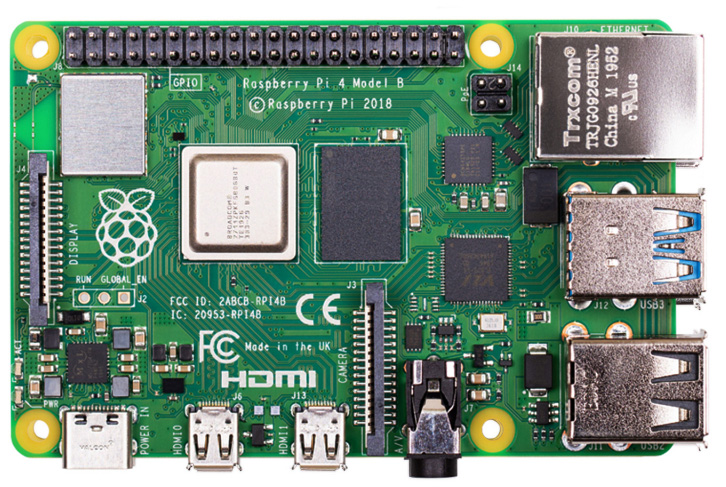The Raspberry Pi is a credit card-sized nano-computer, designed by professors from the Computer Science Department at the University of Cambridge.
This computer was created with the goal of democratizing access to computers. Sold for less than €40 in its base version, it supports several variations of the free GNU/Linux operating system and also works on proprietary operating systems, such as Windows 10 IoT Core and Google Android Pi.

Ode to Commodore
For a few weeks now, the Raspberry Pi Foundation has been offering a version equipped with a keyboard reminiscent of popular computers from the 1980s, such as the Commodore 64, the Amiga 500, and the ZX Spectrum. It is robust and features a passive cooling system, making it an interesting ally for your astronomical observations.

WinStars 3 is now available for free on these little machines. The installation may seem complex, but all you need to do is methodically follow these instructions in a terminal.
The program runs at 20 frames per second on the Raspberry Pi 400, and it is possible to improve performance by overclocking the computer. My Raspberry Pi 400, which operates at 2000 MHz, never exceeds 40°C (104°F) when I use W3.
This is an economical solution for controlling a telescope (the Raspberry Pi version includes the Indi module) while having access to all the features of the program, particularly the massive Gaia EDR3 star catalog, which is especially useful for performing asteroid reconnaissance and light curve measurements, for example.




